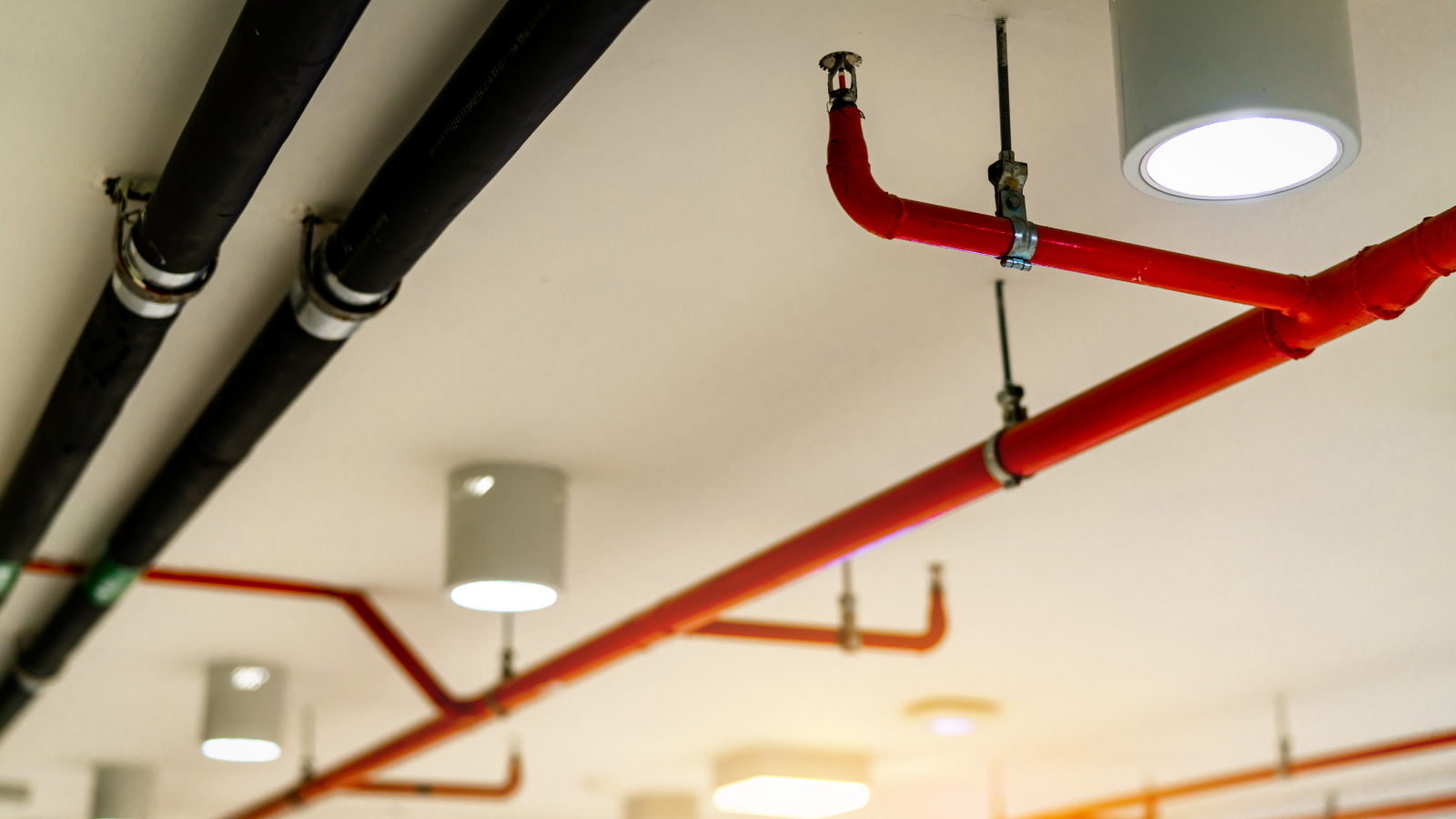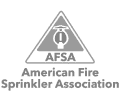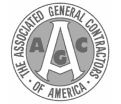Fire Sprinkler System Maintenance Checklist
If you’re looking for a maintenance or inspection checklist for your fire sprinkler, look no further. Here, we’ve provided a breakdown of maintenance steps you should take with your fire sprinkler systems to remain in compliance with the National Fire Protection Association (NFPA).
If you ever have concerns or questions about fire sprinkler maintenance or inspection, you should contact a local licensed fire protection company like Kauffman Co. Fire & Life Safety.
Weekly Fire Sprinkler System Inspection Checklist
- Gauges: The gauges on dry, pre-action, and deluge systems should be inspected weekly. In this step, you’re looking for a normal read on air and water pressure.
- Control valves: You should check these weekly to ensure that they’re free from leaks, locked, properly sealed, and in the open position. Proper signage should identify what part of your sprinkler they control.
Monthly Fire Sprinkler Inspection Checklist
- Gauges (on wet pipe systems): You should check that the water pressure is maintained and that there’s no sign of physical damage.
- Alarm valves: These should be externally inspected each month.
Quarterly Fire Sprinkler Inspection Checklist
- Alarm devices: Every three months, check that these are free from physical damage.
- Hydraulic nameplate: Check that this is secured to the sprinkler riser and legible.
Annual Inspection Checklist for Fire Sprinkler Systems
The NFPA requires that you have a licensed technician inspect your fire sprinkler system annually to keep your building safe and up to code. The technician will inspect and maintain all components of your fire sprinkler system, including:
- Gauges
- Control valves
- Alarm devices
- Hangers/bracing
- Pipes and fittings
- Sprinkler heads
- Antifreeze solution
- Pre-action/deluge valves
- Backflow prevention components
- Main drain
- Water flow alarm
They’ll also check for any necessary repairs or obstructions that would prevent the system from protecting your building’s life and property in the event of a fire emergency.
If you own a building in the Houston, Texas, area and need to schedule your annual fire sprinkler inspection, contact the experts at Kauffman Co. today.
Other Frequencies for Fire Sprinkler System Maintenance
There are other components of your fire sprinkler system that require certain maintenance and replacement at different intervals:
- Gauges: Gauges should be replaced or tested every five years by a licensed fire sprinkler technician to determine the calibration.
- Sprinkler heads: These should be replaced every 50 years. If your sprinkler heads are “fast response,” they should be replaced every 20 years.
- Valves: The sprinkler valves should be internally inspected every five years.
If your fire sprinkler system is ever damaged or requires repair, regular maintenance shouldn’t be your solution. Call a professional fire protection company — they can fix your system and ensure that your building remains safe and up to code.
Dangers of Dirty Sprinkler Heads
Whether your commercial building is small, or you run a large chain restaurant, paying attention to your fire safety systems is important to help you protect lives and reduce risks in the event of a fire. If your sprinkler heads haven’t been cleaned for some time, you may incur these risks:
- Delayed or unpredictable response rate
- Blocked, reduced, or distorted spray patterns
- Collection and re-transmission of bacteria or viruses
- Circulation of dust and germs through HVAC systems
When there’s a build-up around the sprinkler head, the internal thermal element (a small, glass bulb that’s set to break when the air reaches fire temperatures), may be too insulated by debris to react quickly. Conversely, even fire sprinklers in otherwise hygienic hospitals or offices can pick up germs and bacteria in the air, where they’ll continue to circulate.
Is your old, dusty sprinkler system giving you a false sense of security? It may be in need of a cleaning.
How To Clean a Dirty Fire Sprinkler System
Cleaning your fire sprinkler system isn’t the time to find out what sets off sprinkler systems accidentally. When you’re about to clean your sprinkler system, always practice caution or call an expert who can inspect, maintain, or install your fire sprinkler correctly.
You may also follow these fire sprinkler cleaning tips:
- Gingerly vacuum around the sprinkler head with the vacuum hose attachment. Be careful not to touch the sprinkler head with your hands or the vacuum tool.
- Dampen a small rag and focus on clearing away any residual dust or cobwebs that accumulate around the fire sprinkler head.
- Using a canned air sprayer (much like the one you may clean your keyboard with), hold the can upright and spray the entire surface of the sprinkler head.
Although these steps may seem simple, it’s always best to be cautious and over-prepared when it comes to fire safety.
If you’re uncomfortable with heights or with handling a sensitive fire sprinkler system, contact local fire safety professionals to survey your fire sprinkler systems.

















